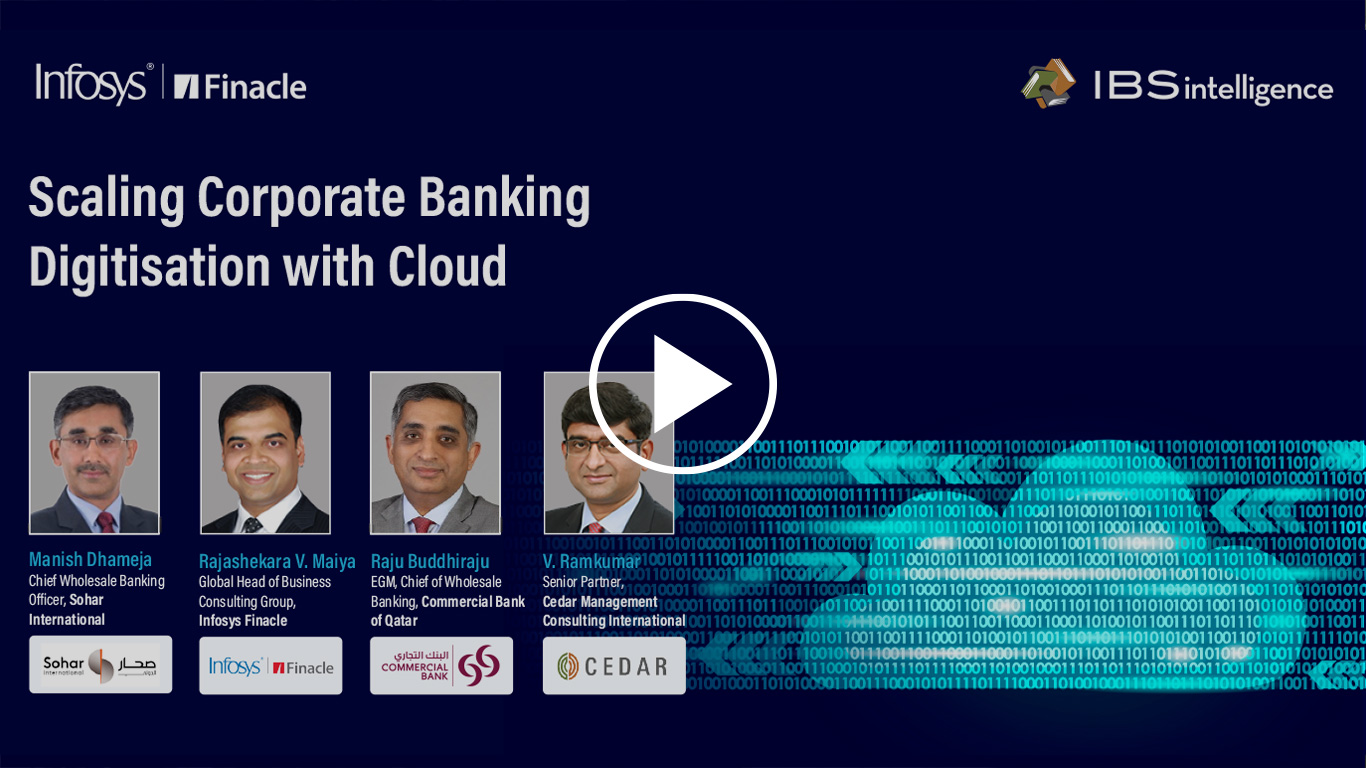Banking on sustainability through innovation
As technology evolves and FinTech takes a grip on the financial services industry, today’s banks have a distinct opportunity to engage consumers through financial innovation that not only better supports savings, purchases and investments, but does so with positive sustainability credentials and a reduced environmental impact.
By Dan Harden, Director of Business Transformation, Paragon Customer Communications
Even over a decade since the severe financial crisis of 2007-08, the activities of banks and other financial services providers remain under a great level of scrutiny. And none more so than when it comes to their environmental impact and green credentials.

Just last year, the Banking on Climate Change 2020 report revealed that 35 of the world’s leading banks have provided $2.7 trillion to fossil fuel companies in the four years since the adoption of the Paris Agreement (2016-2019). This is equivalent to more than $1.5 billion for every day since the end of 2015, with no downward trend and no assessment of the carbon impact of that finance.
The formation of The Partnership for Carbon Accounting Financials (PCAF) – a global partnership of financial institutions committed to facilitating transparency and accountability of the financial industry to the Paris Agreement – and the launch of the first global standard to measure and report financed greenhouse gas (GHG) emissions associated with their loans and investments, was a signal of intent for the industry.
The spotlight on institutions, however, is no longer solely being pointed by local and international regulators, but also by a wider public including clients, employees and investors concerned about sustainability.
Deloitte’s Better Banking Survey recently revealed more than 60 per cent of some 1,250 British adults would leave their bank if they found out it was linked to environmental or social harm, even if it had the best financial offer available. Further, seven out of 10 people said they would be more likely to choose a bank that had a positive social and environmental impact.
All this combined means sustainability, responsibility, and the disclosure and reporting on carbon emissions are now very much a critical competitive advantage within the financial services sector.
Meeting the global standard for Green Finance
As banks seek to quell public and regulatory pressures, and improve their environmental credentials, technology has become a fundamental tool for delivering sustainable business operations. FinTech is already an innately sustainable alternative to the traditional banking, allowing consumers to manage their finances using digital technology, removing the reliance on paper-based transactions and even the need to travel.
Banks, for instance, are enhancing their low-carbon offering and reducing climate risk through intuitive technologies such as chatbots and virtual assistants, artificial intelligence and machine learning powered robo-advisors, as well as increasingly intuitive banking apps. Digital integration is being executed to bring together the platforms used for transactions, data management and customer interactions for a seamless and sustainable omnichannel delivery model.
Such platforms are not only allowing financial institutions to take the necessary technological steps towards sustainability, but also delivering better service for consumers and CX. Secure and almost always at hand, they make the process of carrying out financial transactions, accessing products, getting advice and financial updates far simpler, reducing the need to visit branches, or make calls.
Centralised Customer Communications Management (CCM)
Of course, before widespread technological change is adopted, banks must ensure they have the most effective and efficient CCM solutions in place.
Organisations are increasingly seeing the benefits of adopting a single, centralised, customer communications management deliver model – a “one platform” approach that underpins communications across all channels and technologies. By doing so, banks can ensure they have the delivery infrastructure to support a truly frictionless CX across a multitude of traditional and digital channels, while at the same time facilitating transformation at pace.
A consolidated perspective of communications can facilitate the analysis of lifecycle sustainability impacts, allowing financial organisations to choose supply chain partners that are committed to the same values including negative emissions, zero waste to landfill and creating an environmentally resilient future.
In a bid to deliver a roadmap to Net Positive Communications, banks are working with knowledgeable partners to help them implement the tools and technologies that will make net-zero emissions technologies deployable at significant scale, in turn, delivering on their long-term sustainability goals and aspirations.











